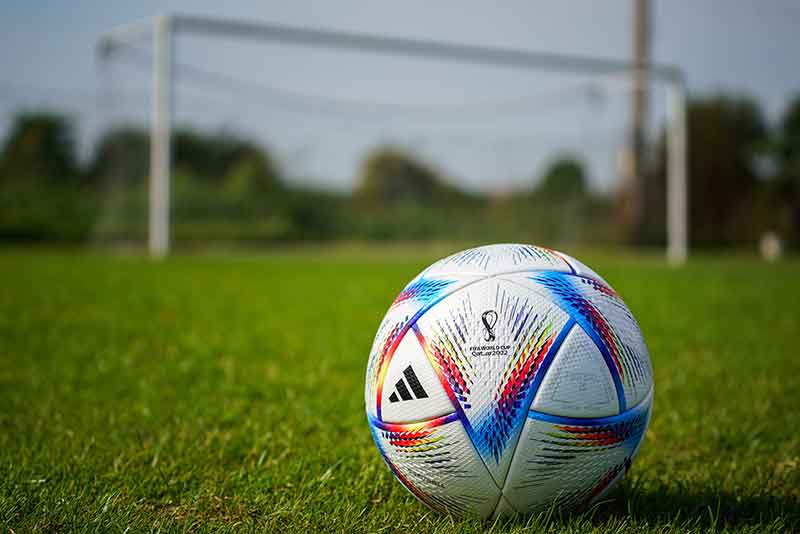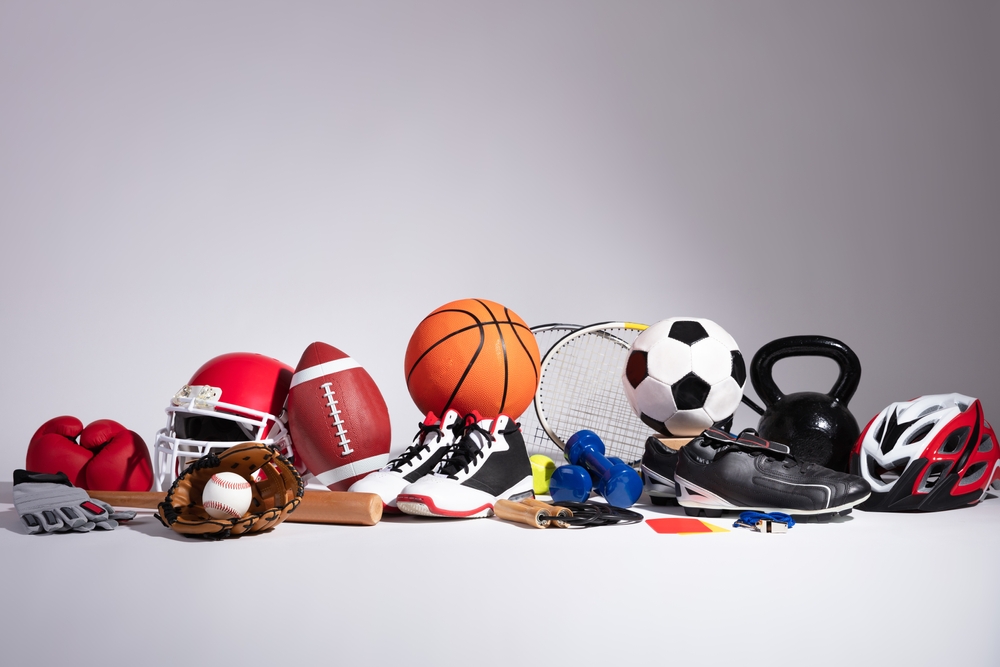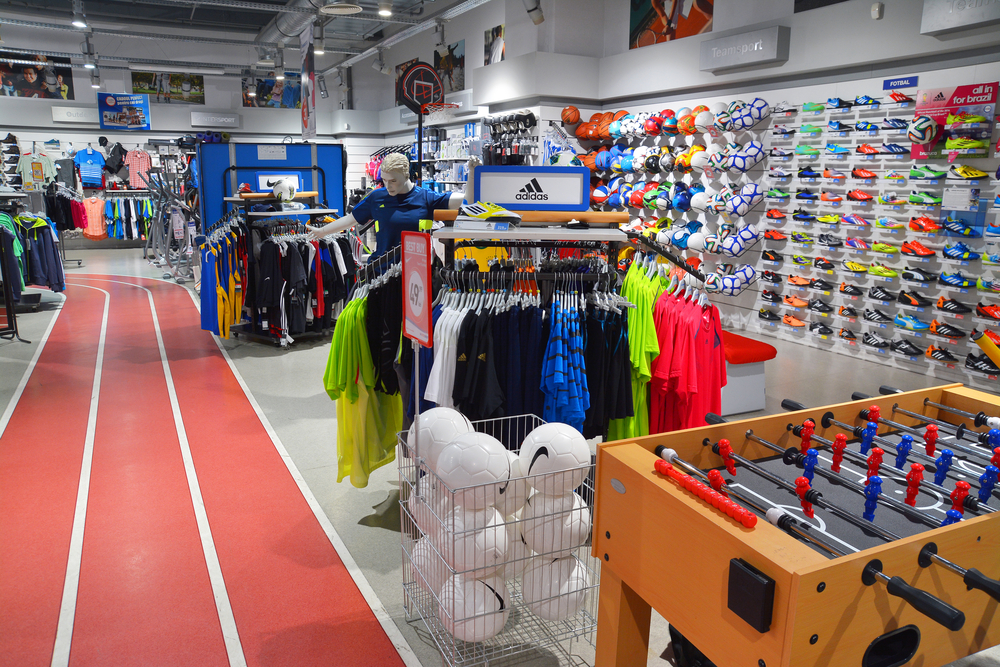The Ultimate Guide to the Soccer Ball: Evolution, Design, and Wholesale Sports Opportunities
The soccer ball is the heart of the world’s most popular game—soccer, also known as football in many regions. This iconic equipment has come a long way from its rudimentary origins to the highly engineered designs seen today. Whether you’re a casual player, a professional, or a sports equipment supplier, understanding the soccer ball’s evolution, design, and wholesale opportunities is essential. Let’s explore the rich history, the intricate design process, and the possibilities for bulk purchases in the wholesale sports market.
The History of the Soccer Ball
Soccer, in one form or another, has been played for centuries, but the soccer ball as we know it today has undergone significant transformations. Early versions were made of inflated pig bladders, later wrapped in Leather for added durability. It wasn’t until the 19th century, with the rise of organized football in England, that the ball soccer became more standardized.
The development of rubber vulcanization by Charles Goodyear in 1855 marked a pivotal point in the evolution of the soccer ball. This process allowed the ball to retain its shape better and more durable. By the 20th century, innovations like synthetic materials and precision stitching were introduced, creating a smoother and more responsive ball. Today, FIFA-approved soccer balls go through rigorous testing to meet global standards.
Modern Soccer Ball Design and Features
The modern soccer ball is a marvel of engineering. Every aspect, from the outer layer to the inner bladder, is designed for optimal performance on the field. The outer layer, traditionally made from synthetic Leather, comprises hexagonal or pentagonal panels. These panels are stitched or thermally bonded to ensure the ball maintains its spherical shape and doesn’t absorb too much water during play.
Inside the ball is an inner bladder, typically made from latex or butyl. The type of bladder used affects the ball’s bounce, air retention, and overall performance. Latex bladders offer better bounce and responsiveness, while butyl bladders are known for superior air retention.
Ball soccer standards have become stringent over the years. FIFA sets the guidelines for official match balls, focusing on criteria like weight, size, and roundness. The weight of a standard soccer ball ranges between 410g and 450g, and its circumference should be between 68cm and 70cm. These strict requirements ensure consistency in professional matches, making the ball predictable regarding how it moves and reacts on the field.
Wholesale Sports: Sourcing Soccer Balls in Bulk
For retailers, clubs, or event organizers, sourcing soccer balls through wholesale sports suppliers is often the most cost-effective solution. Bulk purchases reduce the per-unit cost, making stocking up on high-quality soccer balls for teams, training camps, or promotional events easier.
Wholesale suppliers offer various ball soccer products, from bare training balls to premium match balls. These suppliers often carry reputable brands like Adidas, Nike, and Puma, ensuring the balls meet industry standards. When purchasing wholesale, evaluating factors like the ball’s durability, material quality, and adherence to FIFA regulations is essential.
One of the advantages of purchasing soccer balls in bulk is the ability to customize them. Many wholesale sports suppliers offer custom branding, allowing clubs or companies to feature their logos on the balls. This is particularly useful for promotional events or sponsorship deals.
Benefits of Purchasing Soccer Balls Wholesale
- Cost Savings: The more you buy, the lower the per-unit cost. This is ideal for large clubs or sports organizations that need to replace or supply soccer balls regularly.
- Customization Options: Branding opportunities are plentiful when you purchase in bulk. This is perfect for events, sponsorships, and team branding.
- Quality Assurance: Many wholesale sports suppliers partner with well-known manufacturers, ensuring the soccer balls meet performance standards.
- Bulk Availability: Whether for tournaments or long-term training needs, sourcing from a wholesale supplier guarantees you’ll have enough balls to meet demand.
How to Choose the Right Soccer Ball for Different Uses
When selecting a soccer ball, it’s essential to consider its intended use. Training, match, and promotional balls have unique qualities that make them suited for different purposes.
- Training Balls: Designed for durability and long-term use, training balls are typically made from more rigid materials to withstand constant use. These are the most common balls in wholesale sports packages, as teams and clubs often require large quantities.
- Match Balls: As approved by FIFA, official match balls are engineered for peak performance. These balls are generally more expensive due to the high-quality materials used, but they offer superior feel, control, and aerodynamics. Teams that compete at high levels should invest in match balls, even when purchasing wholesale.
- Promotional Balls: These are typically designed for giveaways or sponsorships and may not meet the same stringent quality standards as training or match balls. However, they are cost-effective options for significant events or marketing campaigns.
The Environmental Impact of Soccer Ball Manufacturing
Like many products, the soccer ball has an environmental footprint. With millions of balls produced yearly, manufacturers have started paying closer attention to sustainable practices. Some brands now focus on using eco-friendly materials and production techniques. For example, manufacturers may opt for recycled materials in the ball’s construction or reduce harmful chemicals in the manufacturing process.
While wholesale sports suppliers often focus on cost and volume, many now offer eco-friendly options for environmentally conscious buyers. This trend benefits the planet and provides a unique selling point for clubs and organizations that want to align their brand with sustainability.
What’s Next for Soccer Ball Innovation?
With the rise of technology in sports, it’s no surprise that the soccer ball is undergoing continuous innovation. Some balls now feature embedded sensors that track movement, speed, and spin, providing valuable data for players and coaches. This type of technology is still in its early stages, but it holds significant potential for revolutionizing how we train and play ball soccer.
Moreover, the materials used in soccer ball production are expected to improve further. Lighter, more durable, and eco-friendly options will likely become the standard as manufacturers refine their designs.
Ball Soccer: More Than Just a Game
At its core, ball soccer represents much more than a sport. It’s a universal language that transcends borders, bringing people together from all walks of life. Whether played in backyards, sandy beaches, or prestigious stadiums, the soccer ball remains the most critical equipment. For this reason, both casual players and professional teams invest time and effort in selecting the right ball for their needs, and this is where wholesale sports suppliers play a crucial role.
- By offering a range of soccer balls suited for various levels of play, wholesale suppliers ensure that the sport remains accessible to all. With the growing popularity of soccer worldwide, the demand for high-quality, affordable soccer balls is set to continue rising.











